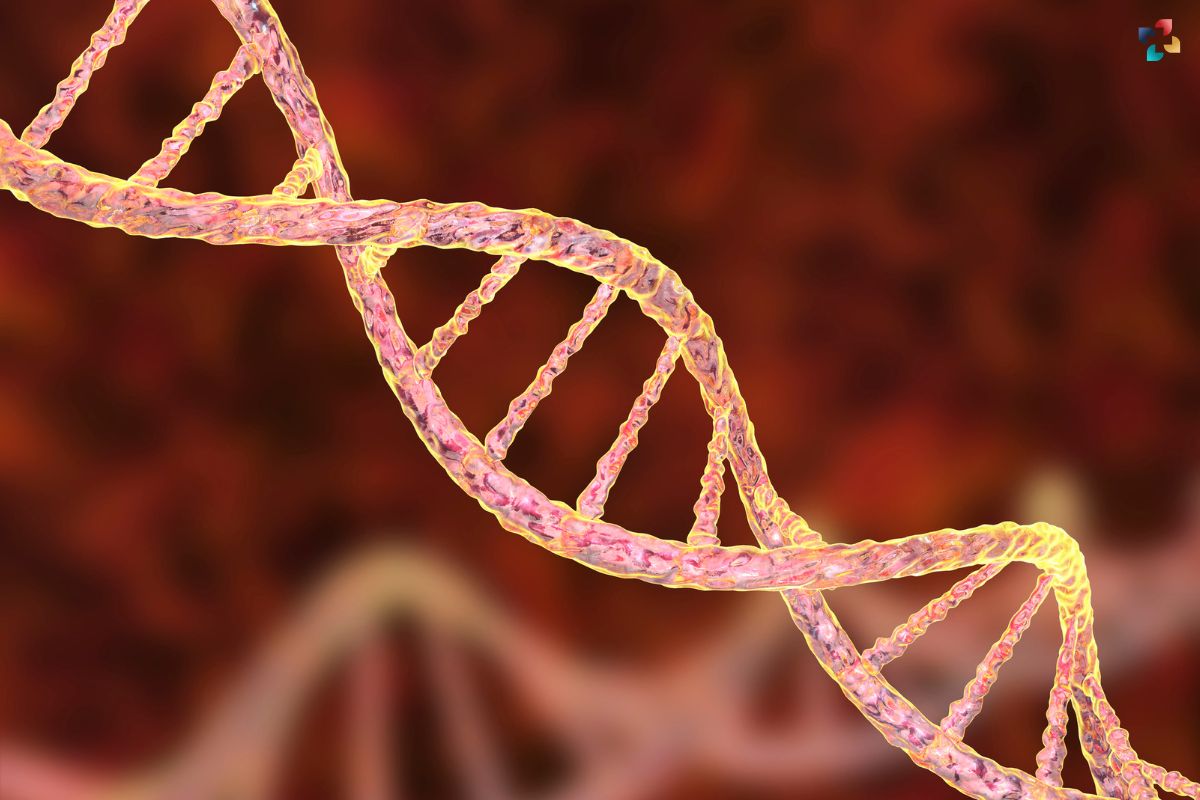Imagine a magnificent orchestra, each instrument contributing its unique voice to the tapestry of sound. The richness of the music relies not on uniformity, but on a harmonious blend of diverse melodies. In the same way, life on Earth flourishes due to the breathtaking symphony of genetic diversity. Just as different instruments create a varied soundscape, individual organisms within a species carry slightly different versions of their genetic code, leading to a kaleidoscope of adaptations and resilience. This article delves into the vibrant world of genetic diversity, exploring its meaning, origins, and profound impact on life as we know it.
What is Genetic Diversity?
Genetic diversity refers to the variation in genetic makeup among individuals within a population of a species. This variation comes in various forms, from single nucleotide changes (SNPs) to large-scale chromosomal rearrangements. Importantly, these variations aren’t just random imperfections; they can influence an organism’s physical appearance, susceptibility to diseases, and ability to adapt to its environment.
Imagine a vast library, its shelves overflowing with books, each representing an individual within a species. At first glance, the titles might seem similar, sharing the language of life itself – DNA. But upon closer inspection, a mesmerizing spectacle unfolds. Tiny alterations in punctuation, missing chapters, or even whole new verses create a kaleidoscope of stories. These unique variations, the essence of genetic diversity, aren’t typos or haphazard annotations; they are the vibrant ink with which evolution paints the canvas of life.
From the subtle shades influencing eye color to the bold chapters dictating disease resistance, these genetic differences shape the tapestry of each organism, equipping them to navigate the ever-changing landscapes of their worlds. This wondrous library, where no two volumes are truly identical, holds the key to adaptation, resilience, and the magnificent narrative of life’s enduring journey.
The Master Conductors: Three Causes of Genetic Diversity

The symphony of genetic diversity thrives under the masterful baton of three conductors. First, mutations, those spontaneous tweaks in the musical score, inject new notes into the melody. Then, recombination, the grand conductor, mixes and matches parental themes, creating unexpected harmonies. Finally, Gene Flow, a traveling musician, brings fresh melodies from afar, enriching the overall composition. With these maestros in play, the genetic song of life bursts into a vibrant medley of variation, laying the foundation for adaptation and evolution. So, grab your metaphorical earplugs and prepare to delve into the fascinating orchestration of genetic diversity!
The symphony of genetic diversity arises from three main conductors:
1. Mutations
Mutations are spontaneous changes in DNA that can occur during DNA replication or due to environmental factors like radiation. These changes can be insertions, deletions, or substitutions of nucleotides, resulting in new, albeit not always beneficial, variations within the genetic code.
2. Recombination
During sexual reproduction, the genetic material of the parents undergoes a shuffling process called recombination. This “mix and match” approach creates unique combinations of alleles from both parents in the offspring, leading to a wider range of possibilities in the gene pool.
3. Gene Flow
The movement of genes between populations through migration or pollen dispersal introduces new genetic variations into a population, expanding its repertoire of potential adaptations. For example, if a plant species faces a new pest in its environment, a resistant gene carried by a migrating individual could be integrated into the population’s gene pool, increasing its overall resilience.
The Intertwined Dance: Genetic Diversity and Differentiation

While genetic diversity plays a crucial role within populations, it also acts as a driving force for the emergence of new species over time. Through a process called genetic differentiation, populations that inhabit different environments or face unique pressures accumulate distinct genetic variations. These variations, if significant enough and sustained over generations, can eventually lead to reproductive isolation, preventing interbreeding and ultimately giving rise to separate species. This intricate dance between diversity within and between populations fuels the continuous evolution of life on Earth.
Also Read: Unraveling the Genetic Tapestry: Understanding and Navigating Genetic Disorders
The Human Harmony: Our Enigmatic Diversity
Perhaps the most fascinating case of genetic diversity is within our own species, Homo sapiens. Despite our outward similarities, humans harbor a remarkable amount of genetic variation. Studies estimate that individuals differ from each other by roughly 0.1% of their DNA sequence, leading to the diverse range of appearances, susceptibilities, and talents we witness today. This diversity has been shaped by millions of years of migration, adaptation, and selection pressures, resulting in the symphony of ethnicities, cultures, and biological characteristics that define our global human chorus.
The Importance of Genetic Harmony: Embracing Our Differences

Understanding and appreciating genetic diversity is not merely an academic pursuit; it holds profound implications for our future. Diversity provides populations with a rich pool of genetic variants, increasing their capacity to adapt to environmental changes and resist challenges like disease outbreaks. On a human level, embracing diversity fosters cultural exchange, innovation, and a richer tapestry of shared experiences. Recognizing and celebrating the uniqueness of each individual, shaped by their own genetic melody, is key to building a more inclusive and prosperous future for all.
Imagine a vast garden, not of uniform rows, but brimming with an explosion of shapes, colors, and fragrances. Each flower, nurtured by its unique genetic song, contributes to the garden’s resilience against pests, droughts, and the ever-changing seasons. Similarly, embracing human diversity allows us to tap into a collective wellspring of resilience, fostering a society rich in perspectives, solutions, and the vibrancy of shared experiences. Celebrating the “genetic music” within each individual, from the subtle variations in iris color to the bold melodies of cultural traditions, unlocks a symphony of innovation and progress.
By respecting and nurturing these differences, we not only weave a stronger tapestry of human connection but also equip ourselves to weather the storms of tomorrow. So, let’s tune our ears to the harmony of life’s diversity, recognizing that a world in unison is not a symphony, but a monotonous hum. Let’s dance to the rhythm of our genetic differences, for in this vibrant waltz lies the true potential of humanity.
The Song Continues: Future Explorations
The exploration of genetic diversity is far from over. Advances in genomics and bioinformatics are constantly opening new avenues for understanding the intricate interplay between genes, environment, and phenotypic traits. This deeper knowledge holds the potential for personalized medicine, tailored to individual genetic profiles, and the development of more sustainable agricultural practices that harness the power of natural variation.
As we continue to unravel the mysteries of genetic diversity, we gain a deeper appreciation for the interconnectedness and awe-inspiring complexity of life. By embracing the harmonious symphony of differences, both within and between species, we ensure that the vibrant song of life continues to echo through the ages.







